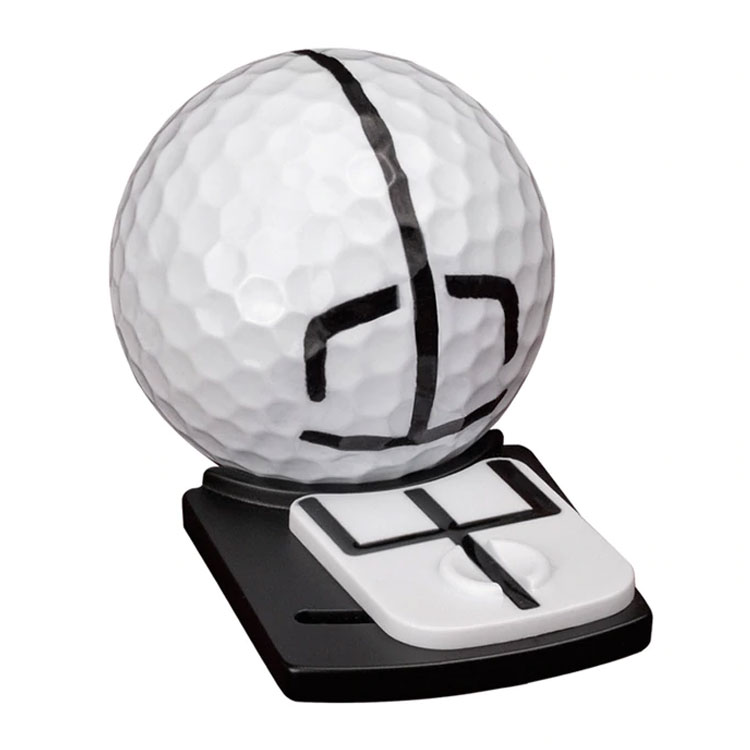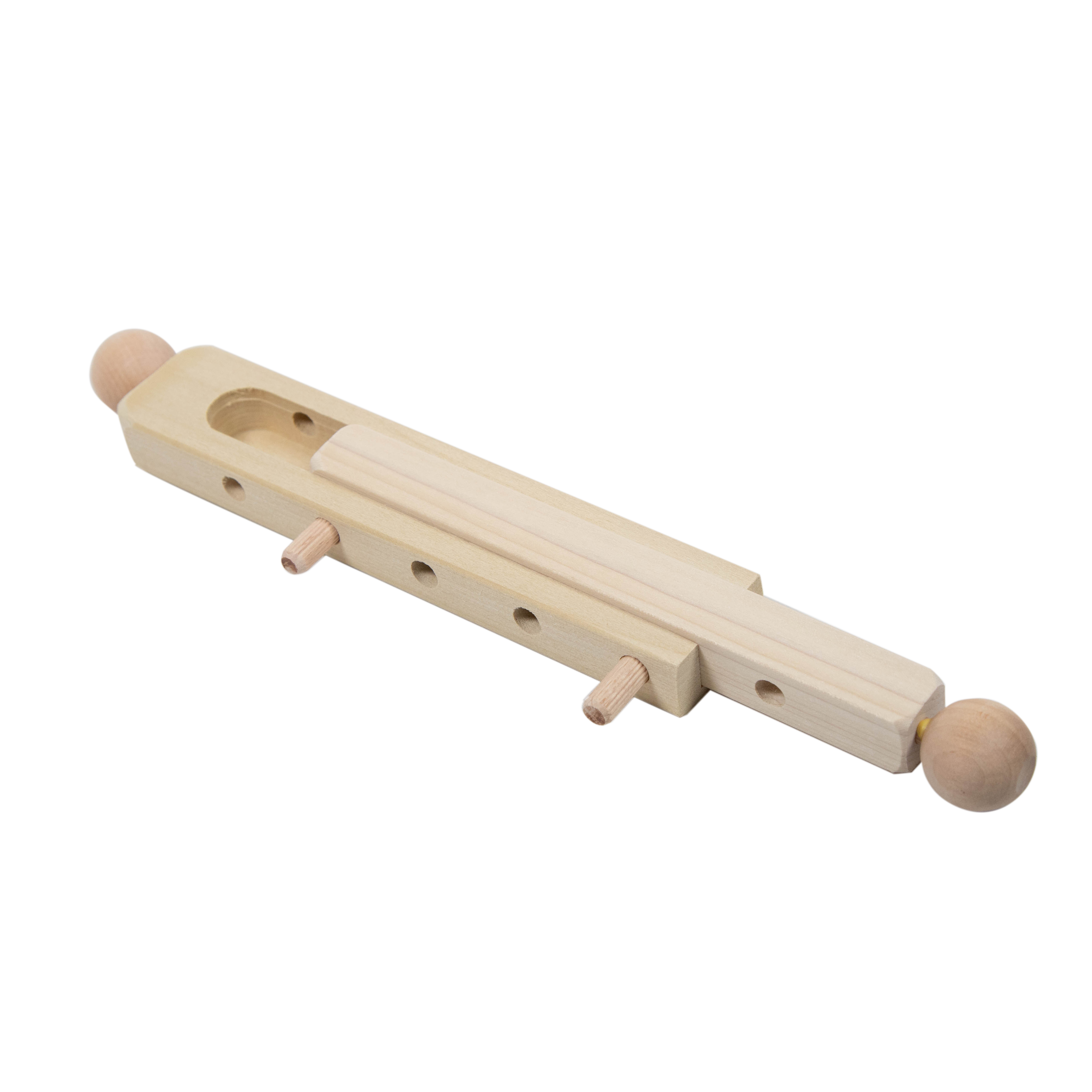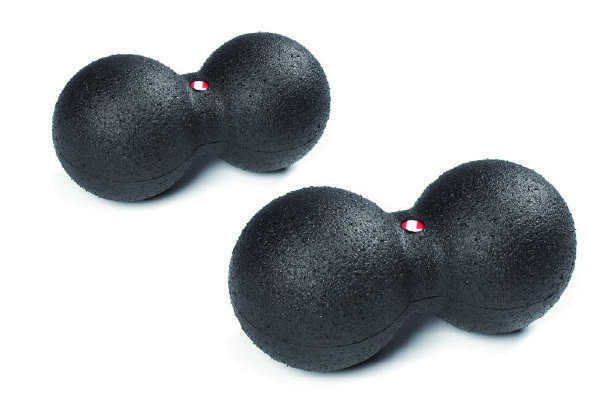
SPINE ALIGN BALL TIP PROFESSIONAL
It does get done in the shops of Professional Clubmakers like Better Golf Shot. Proper club assembly is so important and does not happen at the OEM factory level. Shaft orientation and alignment does not happen at the factory because it costs more in time and labor. However, the lower budget graphite and steel shafts are rarely aligned properly into a factory club. To have a set properly built, you may benefit from Spining and FLO. The top grade high priced shafts are often pretty consistent and may already be shaft aligned at the factory. Of greater importance is the need to profile and sort shafts prior to installation. This is presuming that halfway decent shafts were used in the first place to build your set. It all depends where and how strong the spine is located.
SPINE ALIGN BALL TIP FULL
Studies have shown that factory installed shafts can have a full flex variance between certain clubs. Hence, it is possible to orient a golf shaft into the club head at a specific position to maximize its capability and performance. Second, a repeatable ball flight pattern. First, a more consistent center of face strike. When the FLO is oriented to (pointed toward) the target, this results in two things. The stable plane should be installed to face the target. The NBP is the weak plane and the strong plane (not necessarily the spine) is 90 degrees opposed.

The stable plane will provide FLO for the shaft during swing motion. A spine finder is used to find the natural bend point (NBP) of a shaft, and then used as a reference point to find FLO. So, Flo Plane Orientation identifies the weak and strong oscillation planes on the shaft. The purpose of FLO is to identify the most stable plane (as per SST PURE or the process of Puring). Because the cross-section of the shaft is not perfectly symmetrical, then it will have a weak plane and strong plane. This is proportional to the amount of deflection and the stiffness of the shaft. Put simply, a shaft is a spring, which is affected by restoring force when load is applied to it. Imagine a circle evenly divided into four sections similar to a target sight. Theoretically, you divide up the 360 degree circumference of the shaft into quarters on two planes of access. This creates stable (strong) and unstable (weak) planes. Asymmetrical balance refers to a design that has dissimilar elements but still appears balanced.įurthermore, club shafts are never perfectly round! There is always a small flat area on the cylinder (tubular) shape. Symmetrical balance is when everything is perfectly and evenly balanced out. They are considered to be asymmetrical – not symmetrical. The Flaws in Golf ShaftsĪlthough produced by computer-aided precision tools and machines, golf shafts are not perfect. Therefore, the golfer’s shots tend to spray, due to uneven contact with the club face and ball. Which means the club face is on a wobble coming into impact. A non-flat line consists of oscillation in a circle or an oval pattern.


When correctly placed in the direction of the ball at impact, more distance and accuracy is achieved. This results in a horizontal back & forth oscillation. The goal of Flo Plane Orientation is to align the shaft and club head in a straight line (plane). Why FLO MattersĪll clubs experience some amount of oscillation during the swing. The subject of FLO (Flat Line Oscillation) refers to how the golf shaft and is supposed to oscillate when loaded in your back swing through ball impact. The subjects of “Spining and FLO” go hand in hand together when dealing with perfecting shafts for your clubs. All Shafts have a Principle Plane of Oscillation


 0 kommentar(er)
0 kommentar(er)
